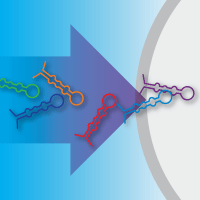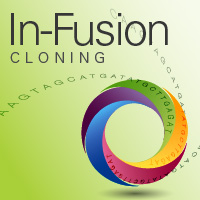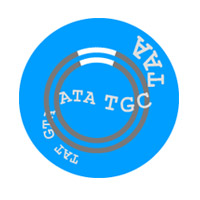Cultured neurons are among the most difficult cells to transfect due to their sensitivity to microenvironmental changes. While calcium phosphate is widely used to transfect neurons due to its low toxicity (Goetze et al. 2004; Holz et al. 2000; Jiang and Chen 2006; Micheva et al. 2003; Passafaro et al. 2003; W. G. Chen et al. 2003; Xia et al. 1996), transfection efficiencies are extremely low compared to those of other methods (~1–5%, on average) (Craig 1998; Washbourne and McAllister 2002; Xia et al. 1996). To address these shortcomings, researchers used our CalPhos Mammalian Transfection Kit to develop a novel calcium phosphate-based transfection method for cultured neurons that increases transfection efficiency tenfold while maintaining low toxicity (Figure 1). These improvements were accomplished by two key modifications: first, the DNA-Ca2+ and phosphate solutions are gently mixed to obtain a fine, homogeneous precipitate. Second, the precipitate is dissolved in a slightly acidic cell culture medium to reduce its toxicity. Combined, these modifications provide a high-efficiency, low-toxicity protocol that enables the ready transfection of single autaptic neurons as well as mature neurons (Jiang and Chen 2006).

Figure 1. Flowchart of the Ca2+-phosphate transfection protocol.












